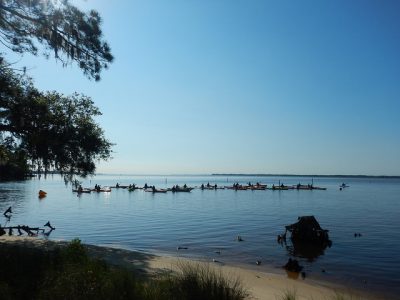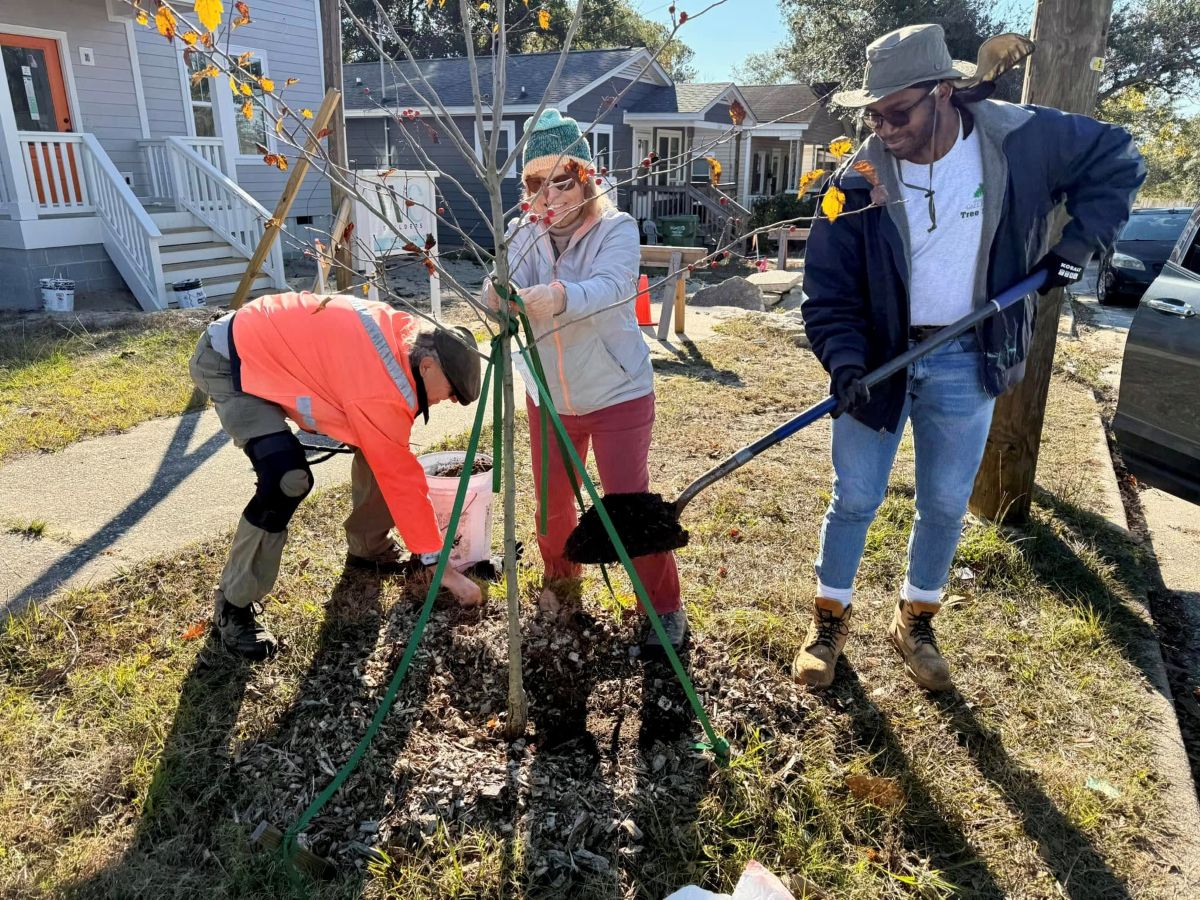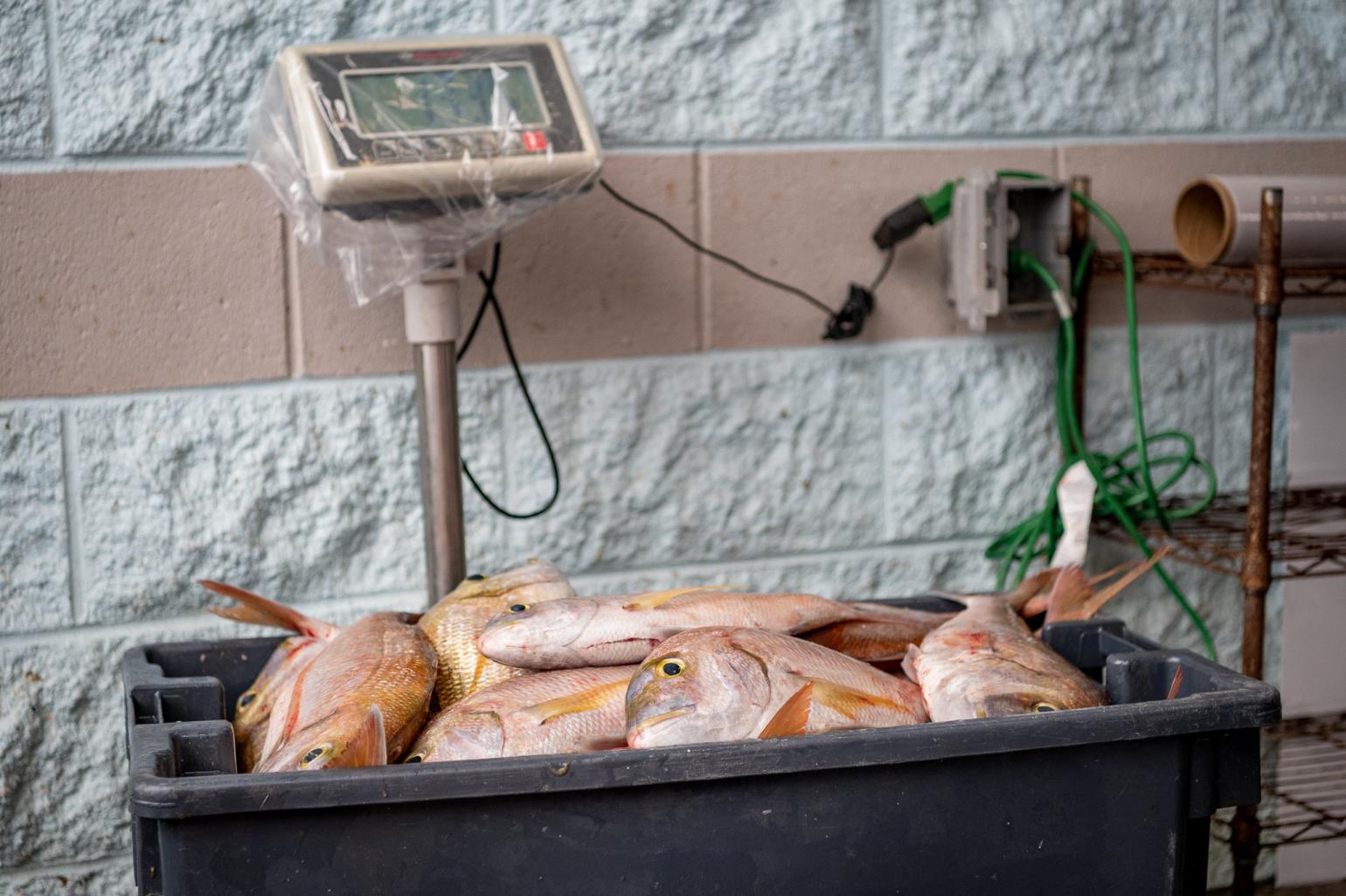OREGON INLET — The third report on seagrasses in a little more than a decade is expected to be released early next year, the Virginia Pilot reported Tuesday.

Jud Kenworthy, retired National Oceanic and Atmospheric Administration marine scientist and volunteer team leader for the seagrass survey for the Albemarle Pamlico National Estuary Partnership, said surveys in 2007 and in 2012 indicate the estuaries support about 150,000 acres of seagrass, but seagrasses have declined at a rate of about a half percent to 1.5% per year. Seagrasses have declined worldwide at a rate of 5% per year since 1980.
Supporter Spotlight
Based on anecdotal accounts and old, incomplete surveys, wild celery, pondweed and other low-salinity grasses have declined as much as 50% over the last 30 years in freshwater bodies such as the Albemarle and Currituck sounds, he said. Surveys in those waters will be done on a boat using sonar equipment because the water is too dark for photos.
Kenworthy explained that the state is unique because warm-water subaquatic vegetation like shoal grass and cool-water species like eel grass can be sustained.
Surveyors led by the Division of Marine Fisheries recorded water record temperature, salinity and bottom composition.






